Discover the Flavours of Southeast Asian Food
Discover the Flavours of Southeast Asian Food
Introduction to Southeast Asian Food
Southeast Asia is a paradise for food lovers, brimming with a tantalising array of flavours and culinary experiences. From the lively street markets of Vietnam, where every dish bursts with freshness, to the serene kitchens of Laos, where time-honoured recipes come to life, the region’s food scene is a vibrant mosaic of tastes. Rooted in centuries-old traditions and shaped by diverse cultures, Southeast Asia offers a sensory journey that showcases the unique ingredients, spices, and techniques passed down through generations.
Southeast Asian cuisine is celebrated for its bold, vibrant notes, where aromatic herbs, spices, and tropical fruits blend harmoniously. The use of coconut, chillis, fish sauce, rice, and seafood creates a dynamic culinary experience that’s both rich and refreshing.
Whether you're a seasoned food enthusiast or just starting to explore, our curated tours will immerse you in the region’s most mouthwatering culinary delights. From hands-on cooking classes that offer an authentic, behind-the-scenes look at each dish, to discovering the cultural and historical significance of beloved regional flavours, you'll experience the true essence of Southeast Asia’s food culture.
Exploring Southeast Asian Cuisine: Street Food and Popular Dishes
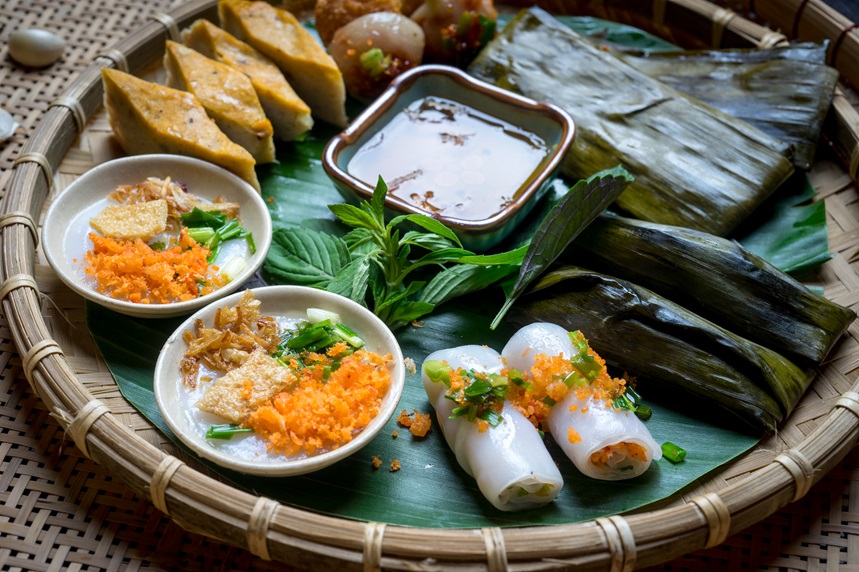
Across the entirety of Southeast Asia, street food is a staple, where most traditional dishes are served. Although the ingredients and cooking techniques vary in each country as a reflection of the wavering cultures and history, you’ll find that there are common flavours that are prominent in all regions. Some flavours include coconut, fish sauce and chillis, submerging the streets and kitchens in enticing aromas.

Experiencing the street food markets is one of the best ways to dive into the heart of local delights, as these bustling hubs are home to some of the most iconic dishes. As you wander through the vibrant stalls, you'll encounter well-known favourites like Pad Thai from Thailand, the aromatic and savoury Pho from Vietnam, the comforting Nasi Goreng from Indonesia, and the fresh, tangy Gado-Gado from Indonesia.
Alongside these, you may also come across lesser-known but equally delicious treats like Bánh Mì (Vietnamese sandwich), Satay skewers, crispy Khai Jiao (Thai omelette), and Kuy Teav (Cambodian rice noodle soup), each offering a unique taste of the region’s diverse culinary landscape. The street markets are a true feast for the senses, where every dish tells a story of tradition and culture.
Country-Specific Cuisine
 Southeast Asian food, ingredients, cooking methods and traditional recipes change within each country. Each regional variations of crafted dishes offer a different, must-try experience.
Southeast Asian food, ingredients, cooking methods and traditional recipes change within each country. Each regional variations of crafted dishes offer a different, must-try experience.
Vietnam: Fresh, Balanced, and Aromatic
Vietnamese food is a symphony of freshness and balance, with every dish crafted to delight the senses. Known for its use of herbs, fresh vegetables, and delicate broths, Vietnam offers a culinary experience that is as light as it is flavourful.
-
Must-Try Dishes: Pho (a fragrant noodle soup), Bún Chả (grilled pork with noodles), and Bánh Mì (a French-inspired baguette sandwich).

-
Top Experience: Wander through Hanoi’s street food stalls with a local chef or indulge in a modern twist on tradition Anan Saigon, a Michelin-starred restaurant in Ho Chi Minh City.

-
Cooking Class: Learn the art of healthy Vietnamese cooking at an organic farm in Hoi An. We can arrange this immersive experience for you.

Cambodia: Bold Flavours and Ancient Traditions
Cambodian cuisine is a hidden gem, often overshadowed by its neighbours but rich with bold, earthy flavours and ancient culinary traditions. The cuisine is a reflection of its history, blending influences from China, India, and France.
-
Must-Try Dishes: Amok (a fragrant, fresh fish curry steamed in banana leaves) and Beef Lok Lak (stir-fried beef with a tangy lime dip).

-
Top Experience: Savour the intricate flavours of Khmer cuisine at Chef Nak’s Intimate Dining Experience, a five-course meal using fresh local ingredients and traditional Cambodian cooking techniques.

Laos: Rustic, Herbaceous, and Unique
Laotian cuisine is simple yet packed with flavour, characterised by its use of fresh herbs, sticky rice, and fermented fish. It’s a rustic and earthy culinary style that offers a true taste of the country’s rich culture.
-
Must-Try Dishes: Laab (a spicy minced meat salad) and Orlam (a rich, spicy stew).
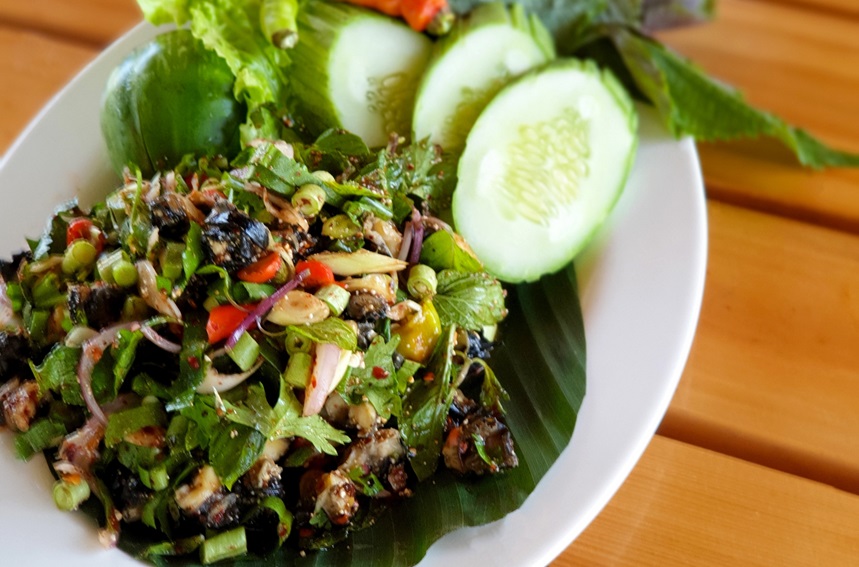
-
Top Experience: Enjoy authentic Laotian dishes at Manda de Laos in Luang Prabang, where the serene setting complements the rustic flavours.

-
Cooking Class: Master traditional Laotian dishes in a private cooking class led by a local chef, all set against the breathtaking backdrop of Kuang Si Waterfalls. We’ll handle all the details to ensure you enjoy this one-of-a-kind culinary experience.

Indonesia: Spicy, Diverse, and Vibrant
Indonesia’s cuisine is as diverse as its archipelago, bursting with vibrant spices and regional specialties. From the fiery sambals of Bali to the rich, slow-cooked rendang of Sumatra, every meal is an explosion of flavour.
-
Must-Try Dishes: Rendang (a slow-cooked beef dish) and Sate Ayam (chicken satay with peanut sauce).

-
Top Experience: Discover the innovative flavours of Ubud on an upscale foodie tour, cruising the scenic roads in a vintage VW convertible. Visit some of the island’s top restaurants and cap off your evening at Ubud’s premier fine dining spot, The Aperitif, with a decadent seven-course signature degustation dinner.
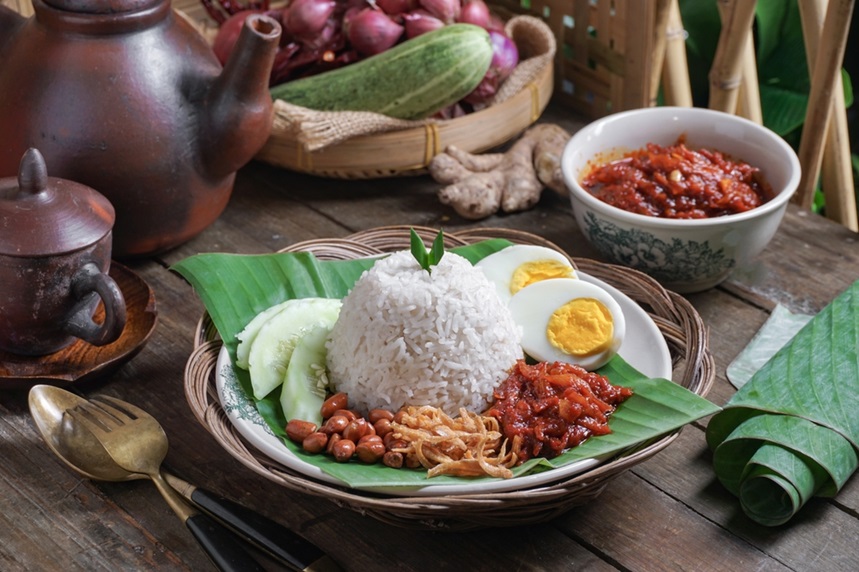
-
Cooking Class: Experience the rich culinary traditions of Bali with an authentic Balinese cooking experience at The Manggis Women’s Farmer Group using organically grown ingredients that define Balinese food.

The Philippines: Hearty, Flavourful, and Diverse
Filipino cuisine is a unique blend of indigenous, Spanish, Chinese, and American influences, resulting in hearty, flavourful dishes that are as diverse as the country itself. Each region has its own specialities, making the Philippines a treasure trove of culinary delights.
-
Must-Try Dishes: Adobo (meat marinated in vinegar and soy sauce) and Lechon (roast pig).

-
Top Experience: Join a food tour in Pampanga, the culinary capital of the Philippines, where you can savour iconic dishes like lechon and chicharon. Alternatively, explore Manila's vibrant food scene with a tour that offers a taste of Filipino delicacies and Chinese cuisine in the world’s oldest Chinatown.
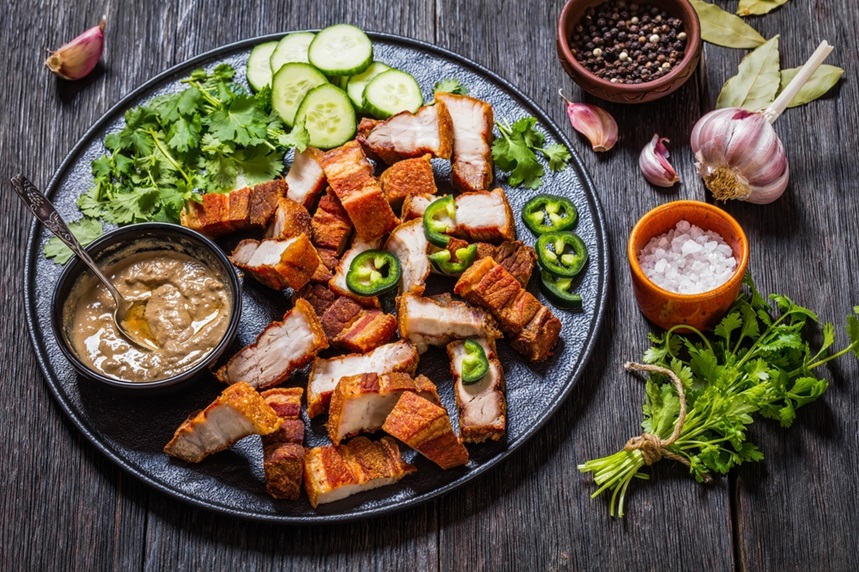
Essential Ingredients in Southeast Asian Cooking
Fish Sauce: The Umami Flavour of Southeast Asia
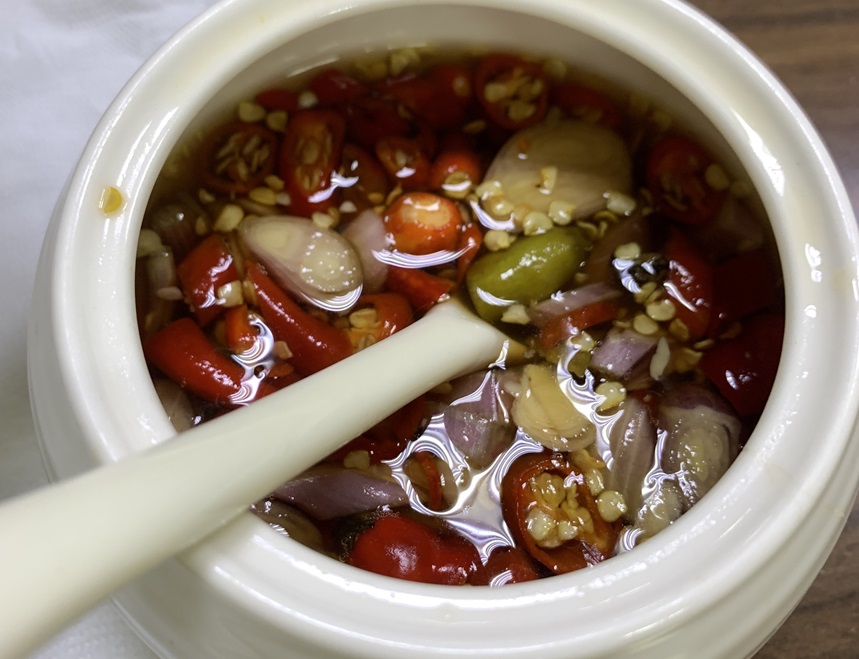
Fish sauce is a staple in Southeast Asian cuisine, often used to add an umami flavour to dishes. Incorporated into sauces and marinades, this sauce is made of fermented fish and salt that is combined well with lime juice, chillis and herbs. Mainly used along the coastal countries like Thailand, Vietnam and Indonesia.
Coconut Milk: The Creamy Base of Southeast Asian Curries

Mainly used in curries, soups and sauces, coconut milk is a common ingredient across Southeast Asia. It’s made from mature coconuts, and adds a creamy sweetness to many traditional dishes mainly across Malaysia, Thailand and Indonesia.
Sweet Soy Sauce: The Sweet and Salty Flavour Enhancer

Sweet soy sauce is used to add sweetness and saltiness to cuisine, like a noodle or rice dish. It's made from fermented soybeans, sugar, and salt, and is a key component of many Southeast Asian sauces and marinades. This sauce is used in cuisine like steamed rice and rice noodles, complimenting ingredients like bean sprouts, fried egg, fried tofu and much more!
Southeast Asian Desserts
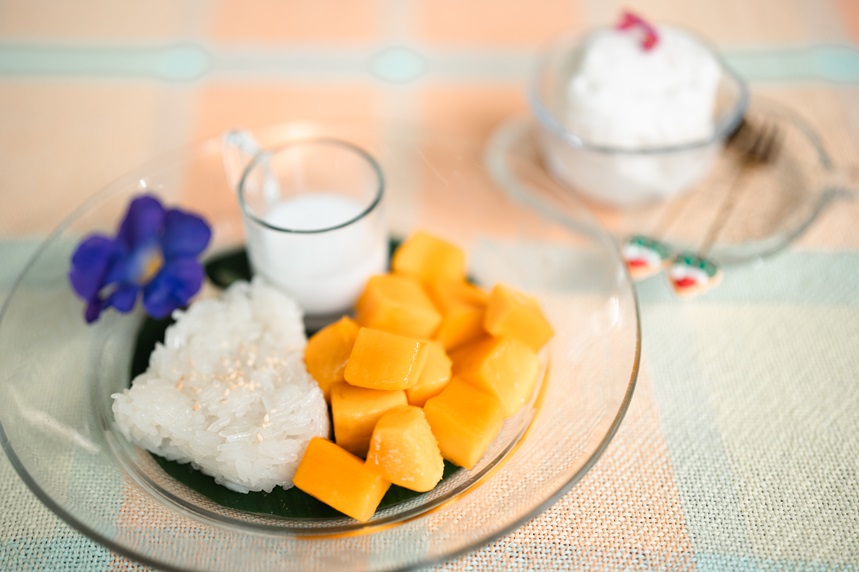
Southeast Asian desserts are known for their unique flavours and ingredients. The most popular desserts include mango and sticky rice, and cendol - a must-try for any sweet tooth.
Ingredients such as coconut milk, palm sugar, and sesame seeds are commonly used in Southeast Asian desserts. Fresh fruits such as mangoes, durians, and rambutans are also popular ingredients in Southeast Asian desserts.
Your FAQ's about cuisine in Asia answered
What is the most popular food in Central Asian Cuisine?
The cuisine of Central Asia is primarily meat-based, with lamb, beef, and chicken serving as the foundation of many dishes. Staples in this region include rice, particularly in dishes like plov, noodles such as lagman, and flatbreads like non. Meals are often seasoned with aromatic spices like cumin, garlic, and chili. Key components of this rich culinary tradition include stews, dumplings, and grilled meat dishes such as shashlik. These dishes reflect the nomadic culture and diverse landscapes of the region.
What are popular foods in Southwest Asia?
Southwest Asian cuisine is known for its diverse and flavourful dishes, incorporating a variety of fresh herbs, spices, legumes, grains, and meats. The region offers a rich culinary experience, featuring grilled kebabs, spicy dips, aromatic rice dishes, and delectable sweet pastries. Whether you are enjoying a plate of hummus, indulging in a warm falafel wrap, or savouring shawarma, these foods reflect the region's rich culture and history.
What are common foods found in Asia?
Here are three common and iconic foods found across Asia:
-
Rice is a fundamental component of most meals around the world. It is prepared in various forms: steamed rice is common in East Asia, fried rice is popular in Southeast Asia, and sticky rice is enjoyed in certain regions of Southeast Asia and the Himalayas. Rice typically accompanies almost every dish, whether it is curry, stir-fried vegetables, or grilled meats.
-
Noodles are a popular food throughout much of South Asian cuisine, with many regional varieties. Examples include ramen from Japan, pho from Vietnam, pad Thai from Thailand, and jajangmyeon from Korea. Noodles can be enjoyed in soups, stir-fries, or even cold dishes, and they are typically accompanied by a variety of sauces and toppings, which vary by country.
-
Curries are widely enjoyed across Asia, with each region presenting its own variations. Indian curry, known for its rich blend of spices such as turmeric, cumin, and garam masala, is particularly popular in South Asia. In Southeast Asia, dishes like Thai green curry and Malaysian curry laksa incorporate coconut milk and fresh herbs. Meanwhile, Japanese curry is milder and is often served with rice or breaded cutlets.
Let Us Craft Your Culinary Adventure
Ready to embark on a culinary journey through Southeast Asia? Whether you’re dreaming of savouring street food in Hanoi or learning to cook traditional Balinese dishes, we can craft a personalised foodie adventure just for you. Our tours include exclusive dining experiences, community-based restaurants, and immersive cooking classes that will bring you closer to the heart of Southeast Asia’s rich culinary heritage. Contact us today to start planning your ultimate foodie adventure!